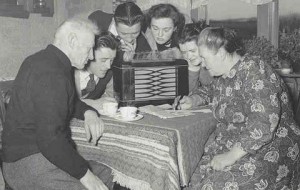
“Mum, this sounds like Firedrake. Quick, make a note of it in the logs!”
I’ve noticed a broadcaster that routinely transmits weekends at 11:00 UTC on 6,970 kHz. Some mornings, it’s much stronger than others. Saturday morning, my time, I managed to record it in its typical format: music. Specifically, Chinese folk music, at least so it sounds to my untrained ear.
I searched through logs and in the WRTH, and I could find no mention of a broadcaster on 6970 kHz. It doesn’t help that the 27 minute broadcast contained no audible IDs.
So, I’ve come to the conclusion that my initial hunch is correct–that this is the Chinese jamming service, Firedrake. Using Firedrake, the Chinese government transmits music on top of broadcasts they wish to block. It’s fairly effective (and annoying). While I’ve heard Firedrake a number of times over the bands, I can’t say I’ve ever tried to listen to the one-hour production.
The following recording contains a 27 minute broadcast of what I believe may be Firedrake on 6,970 kHz, starting around 11:00 UTC, Saturday January 26, 2013. Click here to download the MP3, or simply listen via the embedded player below. Note that the first two minutes have some digital noises (in the lower side band) that affected my receiver’s AGC.
If you can confirm or correct my supposition, please comment!

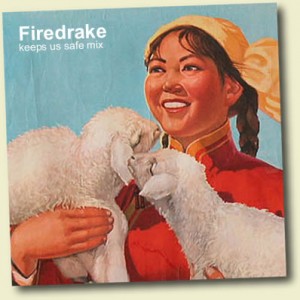
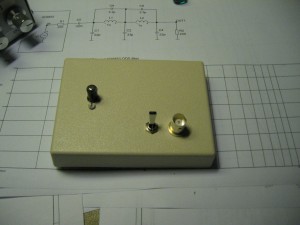

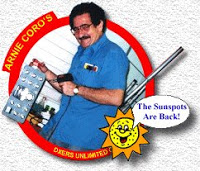 If you live in the Americas and you regularly listen to a shortwave radio, you have no doubt heard Radio Havana Cuba across the shortwave spectrum. When I travel in North or Central America, I can easily hear RHC, often without even extending the telescopic antenna on my portable.
If you live in the Americas and you regularly listen to a shortwave radio, you have no doubt heard Radio Havana Cuba across the shortwave spectrum. When I travel in North or Central America, I can easily hear RHC, often without even extending the telescopic antenna on my portable.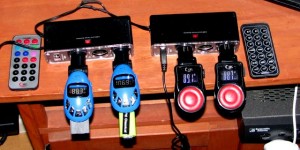 Dave Schmarder (N2DS) enjoys making radios and featuring them on his website,
Dave Schmarder (N2DS) enjoys making radios and featuring them on his website, 